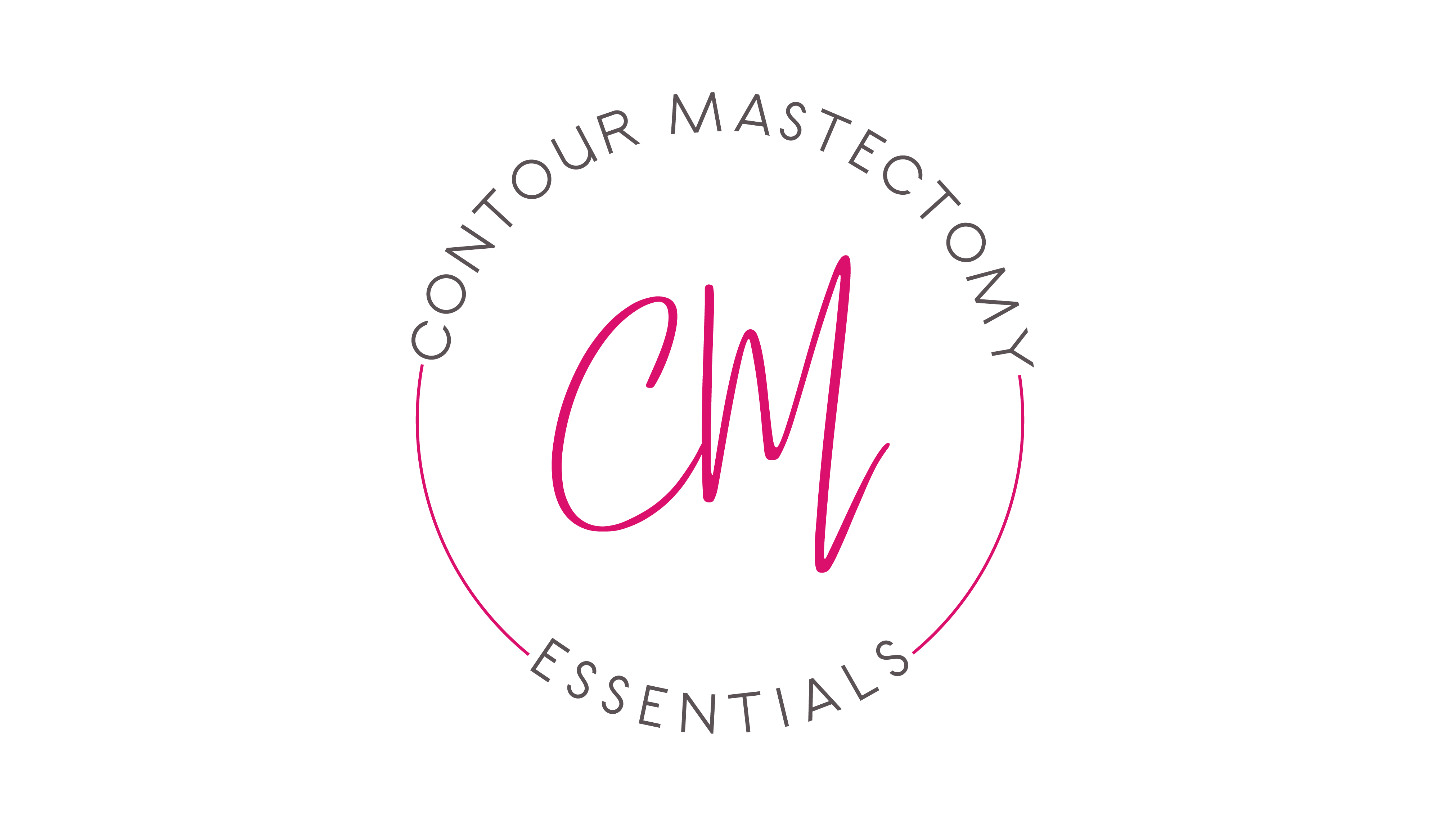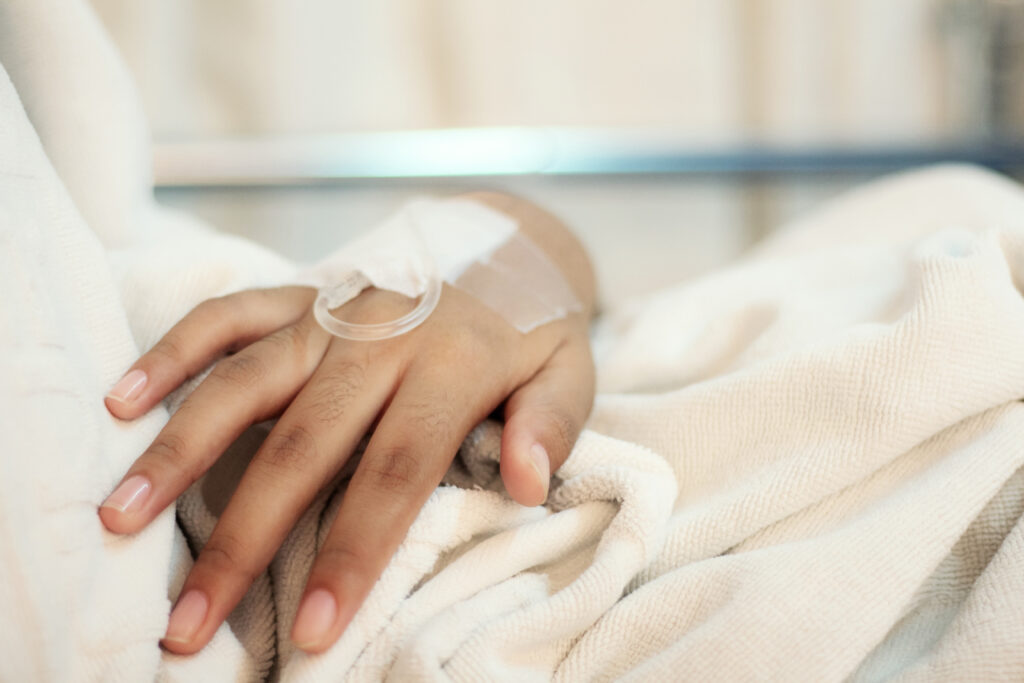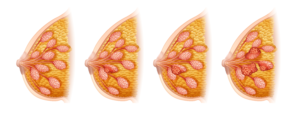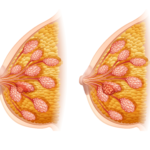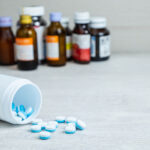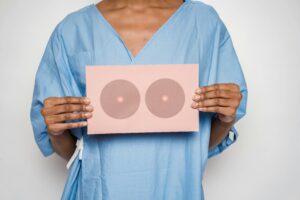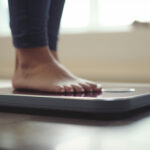Minor skin problems are common side effects of Chemotherapy. These side effects occur because the treatment affects normal and cancer cells. Knowing what to expect, when you should be concerned, and measures you can take to protect your skin can help you cope. Thankfully, some of these problems are preventable, and most go away soon after you have finished treatment.
Common Skin Changes During Chemo
You may notice several changes depending on which chemotherapy medications you receive. Studies have also identified hair and nail changes during treatments and may cause changes to the texture, color, or health of your skin.
Depending on the cause of your skin symptoms, your healthcare provider may recommend creams or make other suggestions to help. In addition, there are some steps you can take on your own to minimize discomfort.
Coping With Skin Concerns Redness, Dryness, and Peeling
Avoid
• Perfumed products
• Bubble bath
• Soap, particularly perfumed soaps
• Soap-free cleansing bars can be drying and potentially irritating
• Lanolin-based creams, lotions, ointments, etc.
• Anything that you think may cause an allergic reaction (common allergy-causing agents; detergents, plants, pets, harsh chemicals in household cleaning products, rubber gloves, jewelry, feathers, grass and pollen, artificial fingernails, and adhesive)
• Do not use acne products. These can make skin symptoms worse. These include products with alpha or beta hydroxy acids, retinoids, or benzoyl peroxide. Talk with your oncologist before using any over-the-counter acne treatments
• Do not use skin products that contain alcohol. This includes face cleansers, perfumes, and aftershaves. Choose unscented varieties when possible
• Use gentle creams or lotions to moisturize your skin. Generally, creams often work better than lotions, and ointments work better than creams.
• Avoid spending time outside in very hot or frigid weather
Consider
• Apply lotions and creams after showering or bathing before completely drying your skin. For dehydrated skin and lips, ointments such as Aquaphor can be very soothing in addition to moisturizing
• Bathe with warm water (not too hot or too cold.) Keep baths short, and pat yourself dry with a towel rather than rubbing your skin
• If your skin is dehydrated, an oatmeal bath may be soothing
• Use a gentle soap or plain water for washing
• Use a mild detergent to wash your clothes
• Select fabrics such as cotton, and avoid irritating your skin like wool. Loose-fitting clothing is often more comfortable than tight-fitting outfits
• Use an electric razor to minimize cuts when shaving
• Use unscented soaps and facial cleansers
• Use unscented laundry detergent
• Use baking soda. Add it to your bath water, and apply it instead of deodorant
• Ask your healthcare team what makeup is best to use on your skin
Be Gentle
• Dry yourself by patting your skin with a soft towel rather than rubbing vigorously
• Use mild, non-perfumed, non-deodorant soaps, low allergy soap of soap substitute – cream, cleaning gels
• Take showers or short, cool baths instead of long, hot baths
• Bathe and wash your hands with warm or cool water, not hot
• Take short showers or sponge baths
• Do not scrub–wash gently
• Apply a water-based, unscented cream or lotion on your skin as soon as possible after you bathe or wash your hands
Drink Fluids
Drink plenty of fluids to keep your body well-hydrated. You should drink 2-3 quarts of non-alcoholic, non-caffeinated beverages daily unless you are instructed to restrict your fluid intake.
Lotions and Creams
• Use moisturizers regularly. Moisturizers prevent water loss by layering an oily substance over the skin to keep water in or by attracting moisture to the outer skin layer from the inner skin layer. Substances that stop water loss include petroleum, mineral oil, lanolin, and silicone products. Substances that attract water to the skin include glycerin, propylene glycol, proteins, and some vitamins.
• Moisturizers on the skin’s surface penetrate and restore moisture to the skin cells. Creams and lotions are effective ways of restoring moisture following dry skin reactions. Ointments provide a barrier and stay on the skin’s surface for protection against harsh elements.
• Bath oils, such as baby oil, mineral oil, and herbal bath oil, can be applied to your wet skin after you emerge from the bath or shower
Protect Hands
• Always rinse and dry your hands carefully, particularly after contact with cleaning products
• Wear rubber or vinyl gloves to protect hands; wear thin cotton gloves underneath. Do not wear for long periods. (Wash gloves frequently)
Fingernails and Toenail Problems
Nail changes related to Chemotherapy are often separate from skin changes. Still, it is important to note that people experience several problems, from loose nails to lines and infections. So, if you are concerned about your nails, take a moment to learn about nail changes during cancer treatment.
Nail Changes
Several types of nail changes may occur in patients receiving Chemotherapy. The most common of these skin reactions, particularly in dark-skinned persons, is hyperpigmentation (darkening). Vertical or horizontal bands or general darkening.
Other nail changes include:
• Beau’s lines (horizontal depressions of the nail plate). These skin reactions can occur a few weeks after a course of Chemotherapy
• Mees’ lines (white horizontal discoloration of the nail plate involving the entire nail width)
• Leukonychia (white horizontal discoloration involving partial nail width)
• Onycholysis (The separation or loosening of a fingernail or toenail from its nail bed)
• Onychodystrophy (A malformation of the nail)
All of these skin reactions are temporary and eventually resolve once the drug causing the change is stopped, and the affected nails grow out (this may take weeks to months)
Things you can do to manage nail changes:
• Nails should be trimmed and kept clean
• Gloves should be worn for housecleaning and gardening to minimize damage and prevent infection.
• Nail polish and imitation fingernails should not be worn until the nails have grown out and returned to normal
• Notify your doctor or healthcare provider if you suspect an infection of the nails
Your doctor may prescribe antibiotics to treat infections in the nail beds
Limit Sun Exposure During Chemotherapy
Some chemotherapy medications may increase the chances that you will get a sunburn (photosensitivity on Chemotherapy), which can worsen further when combined with radiation therapy. The best protection is prevention, such as avoiding the midday sun and covering up. Remember that sunscreens may irritate skin rashes due to Chemotherapy and will not necessarily prevent a burn on sun-sensitive skin. Sunblocks combined with other physical measures (such as wearing a hat or sitting beneath an umbrella) may be more effective for people undergoing Chemotherapy.
Protect yourself from the sun. Cover up, avoid direct sunlight during midday, and use hats and umbrellas to shelter yourself. Do not use tanning beds. Some sunscreens can contain irritating chemicals; therefore, check with your oncologist to see which products they recommend, or choose a sunblock such as zinc oxide for maximum protection. If you select sunscreen, try to find a product that blocks out UVA and UVB rays.
Feeling And Looking Your Best During Treatment
• If you’ve lost your eyelashes or eyebrows, you can also use a soft eyeliner, eyebrow pencil, and brow powder to create the effect of eyelashes and eyebrows
• If your skin texture, tone, or sensitivity has changed during treatment, you might need to use different products from those usually used
• To limit the risk of infection, buy new makeup to use during and after treatment. In addition, replace your makeup regularly and always wash your hands before applying it.
Summary
Several skin problems can occur during Chemotherapy, ranging from redness to rashes. Preventive measures such as using lotions, avoiding caustic substances on your skin, and practicing sun safety can reduce many symptoms. Make sure to talk to your healthcare provider about any skin changes you experience, even if they seem more of a nuisance than a problem. Managing the “small” concerns during cancer treatment can improve your overall quality of life.
REFERENCES
VeryWell Heath
Medical News Today
Heathline
Northwestern Medicine
MD Anderson
Cancer Care
